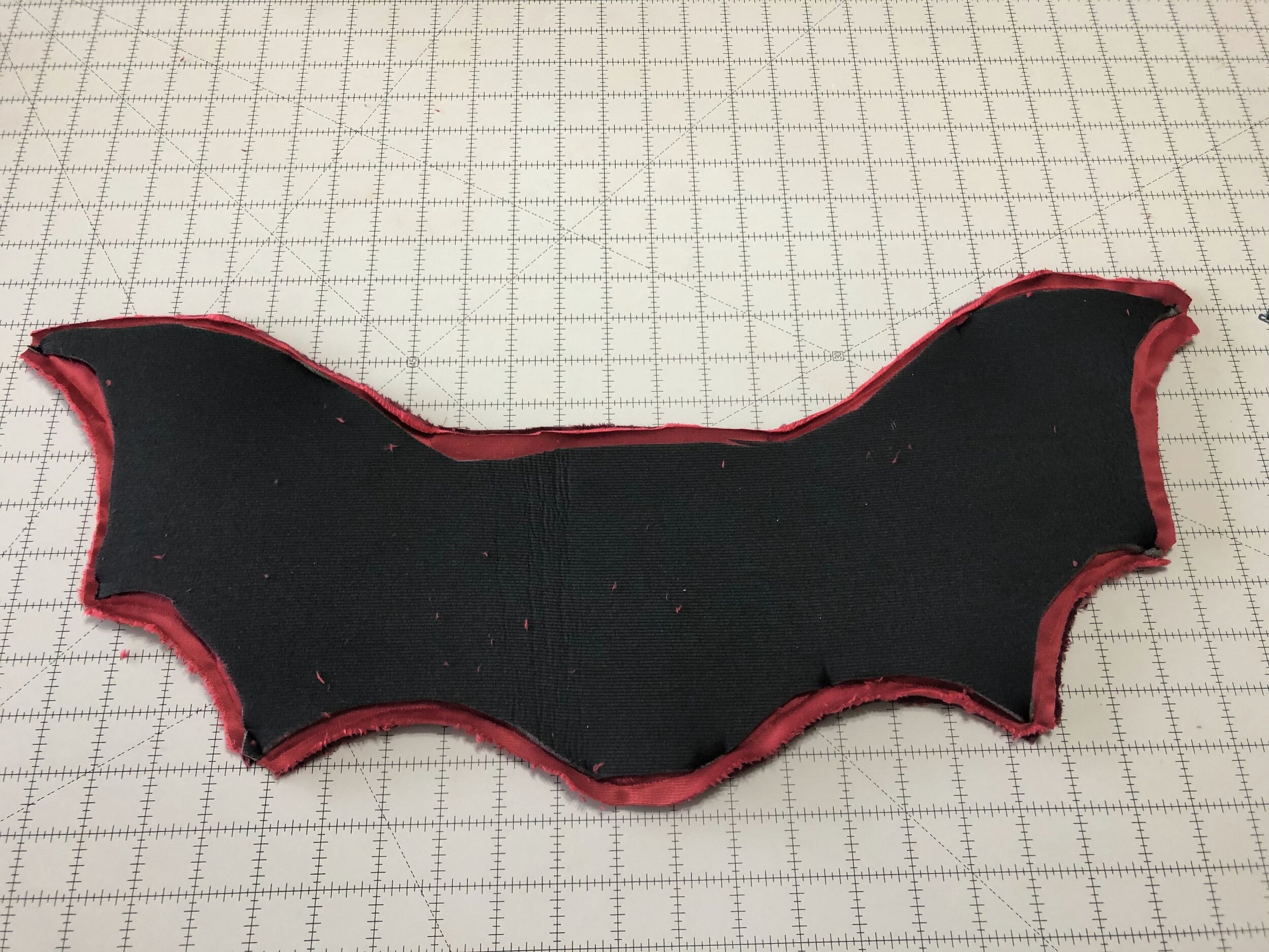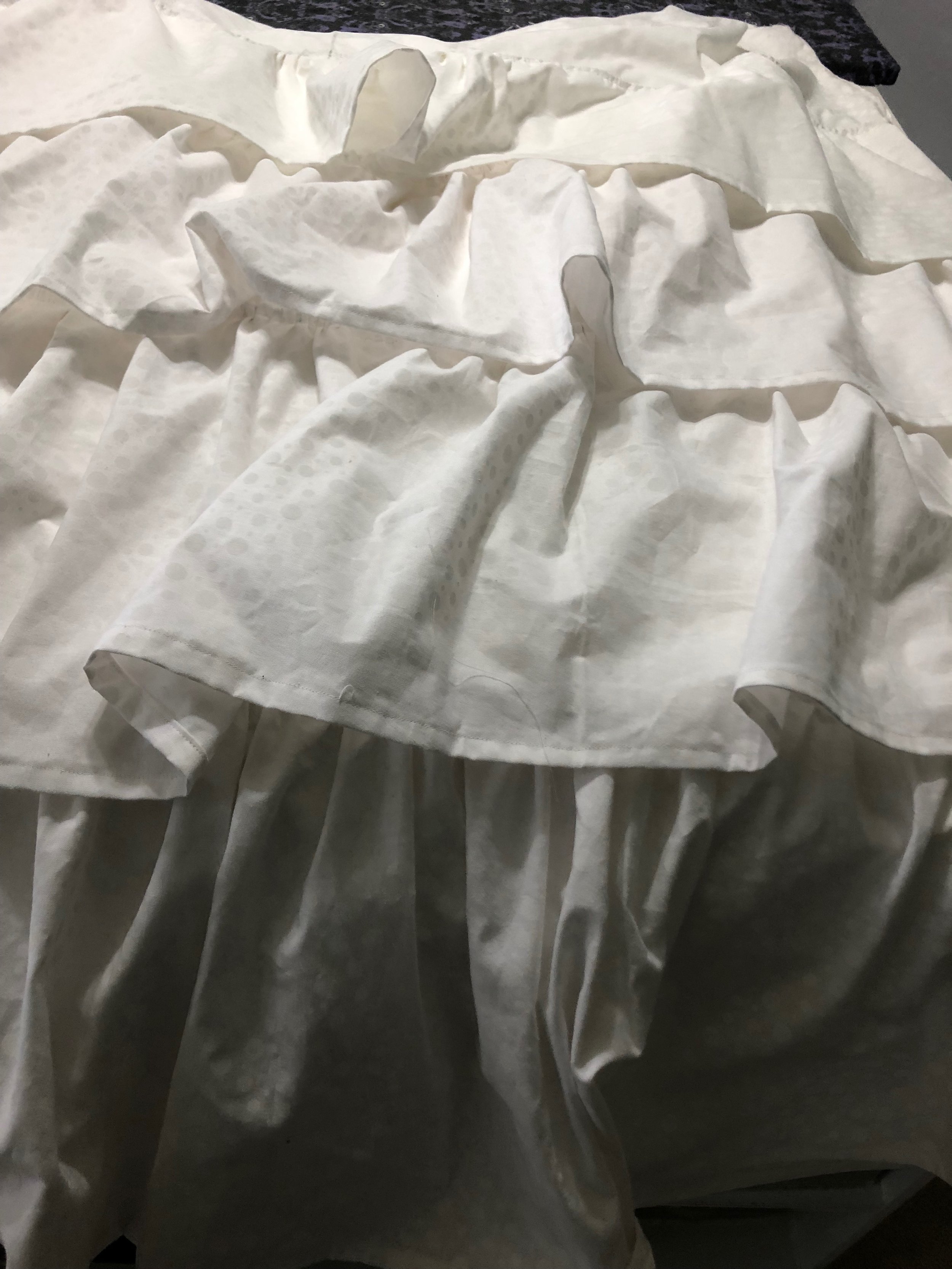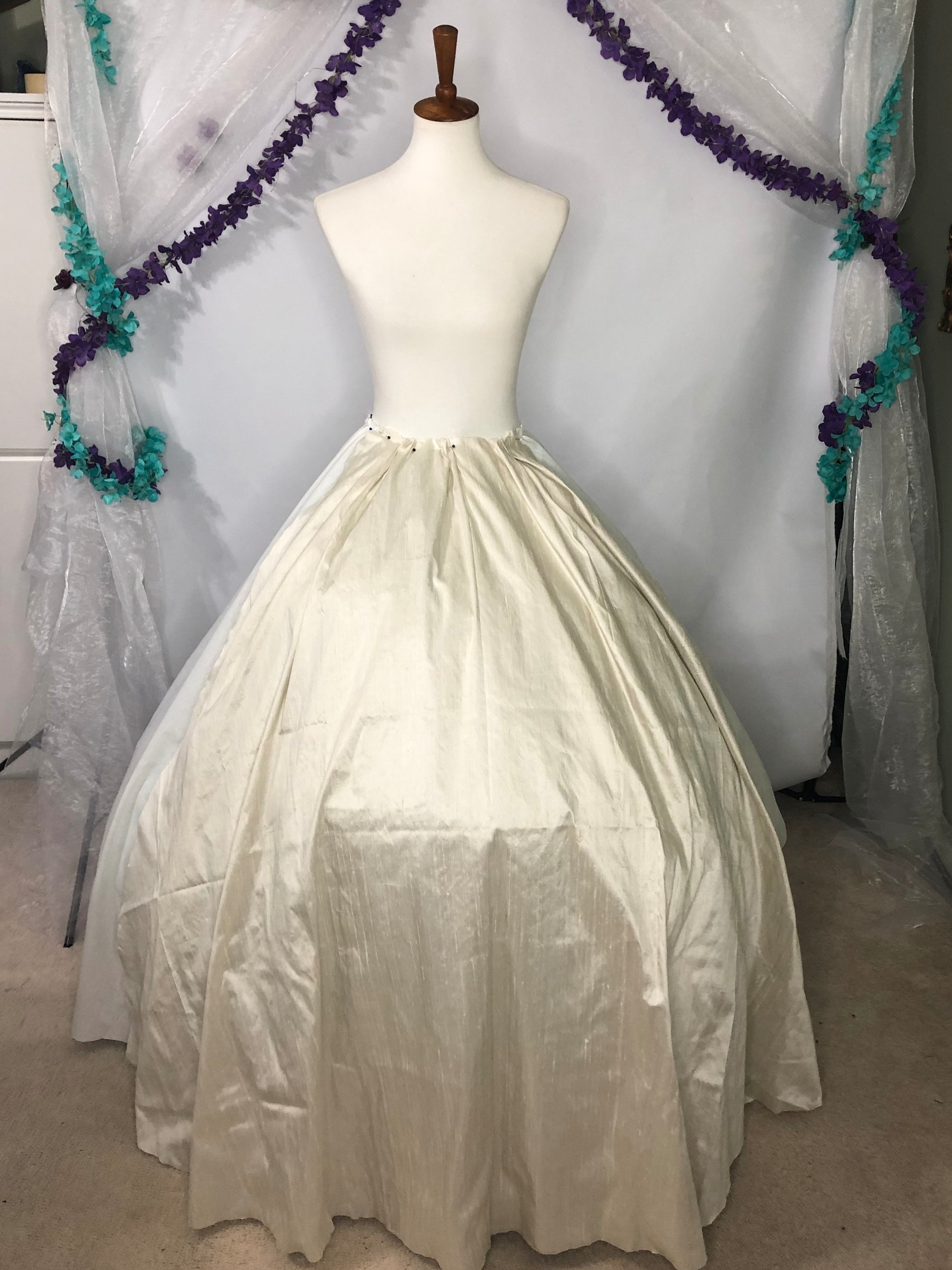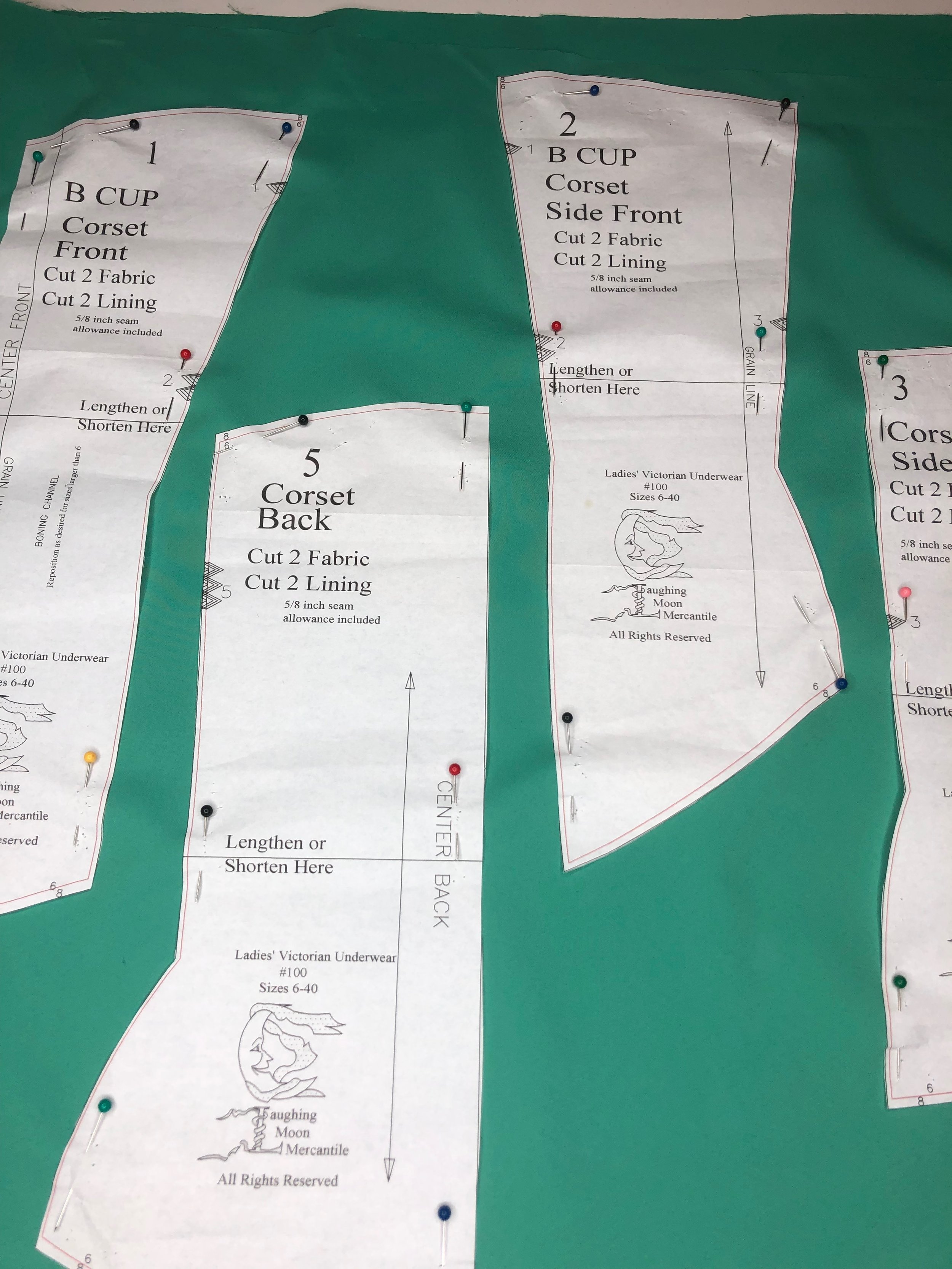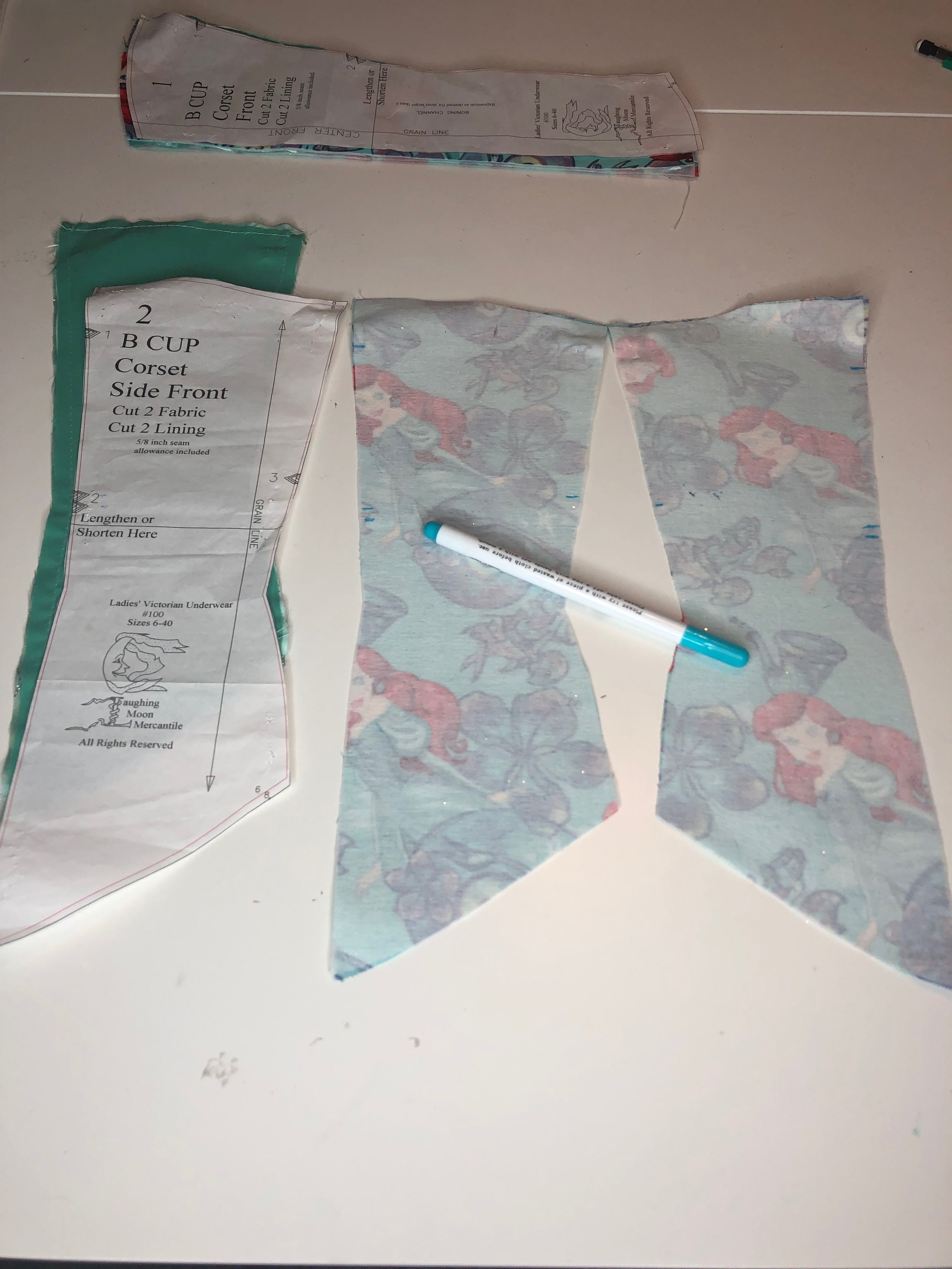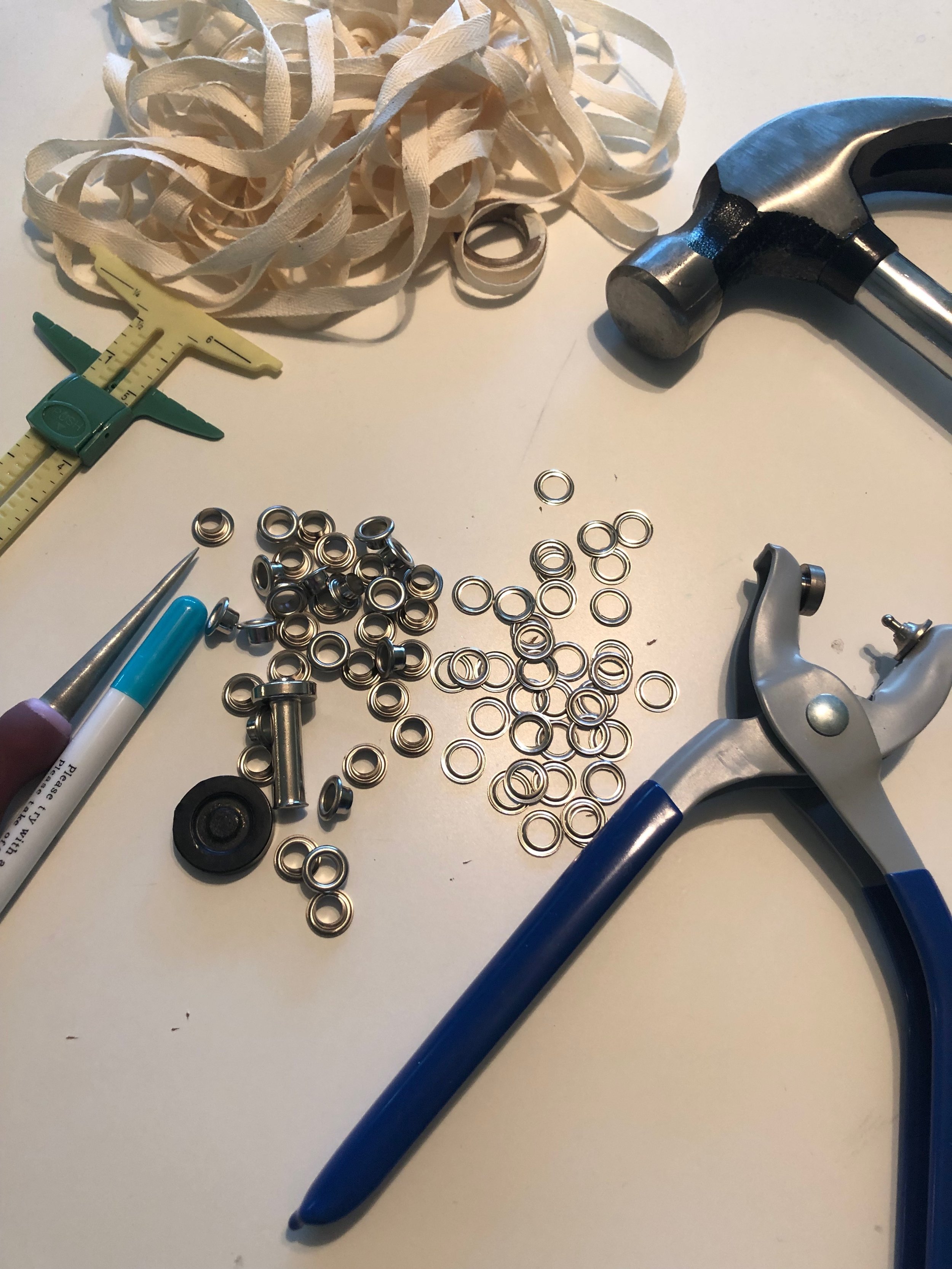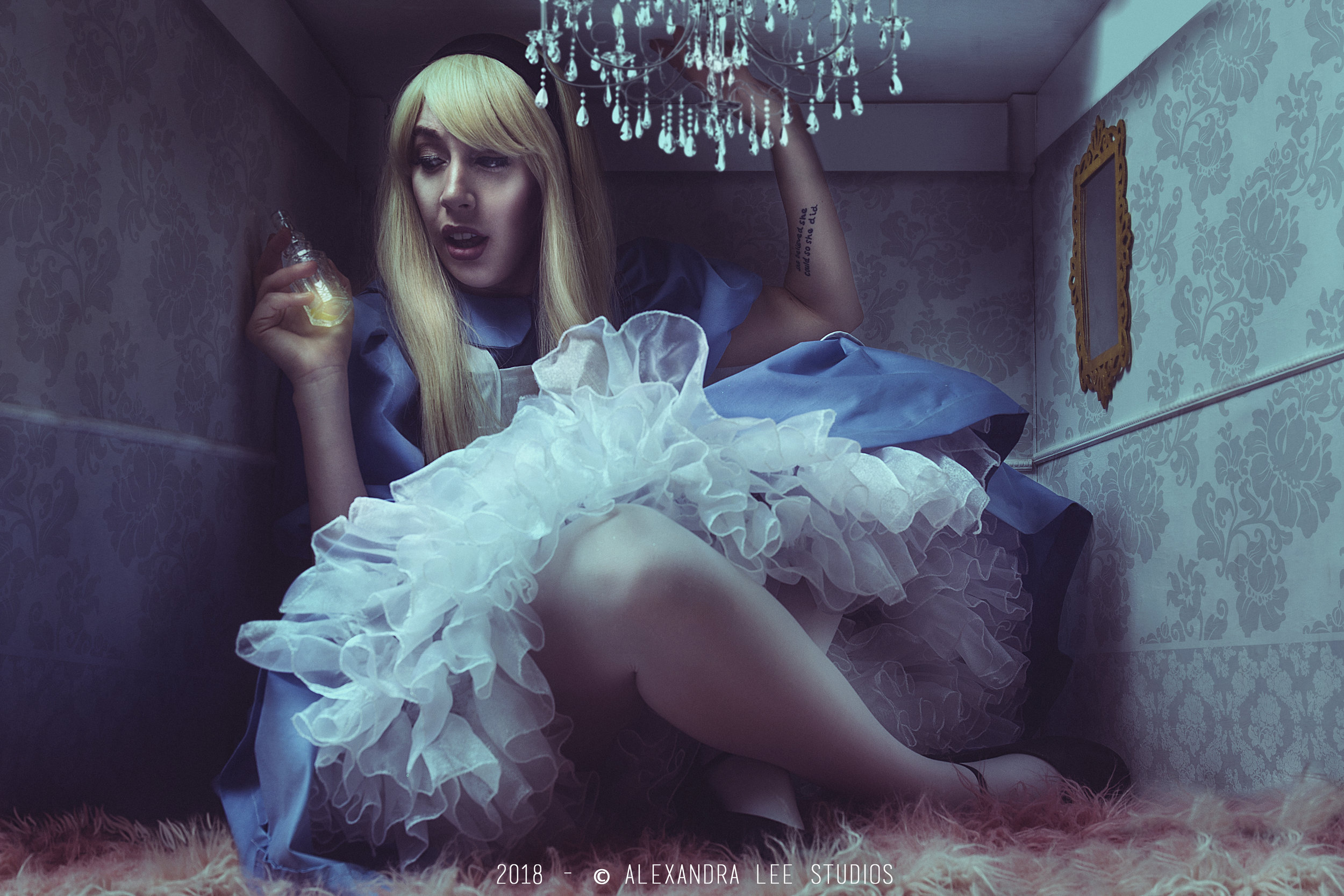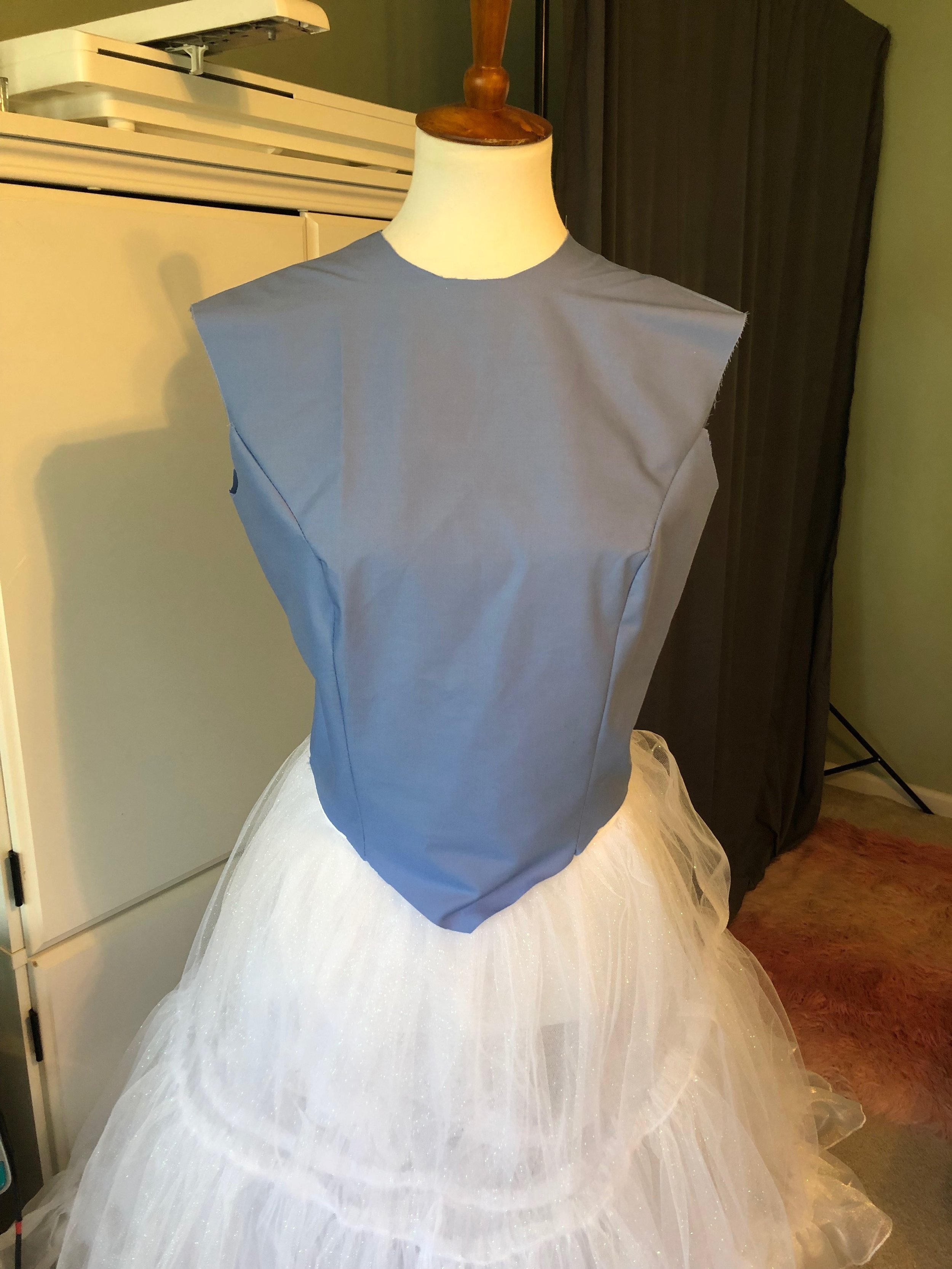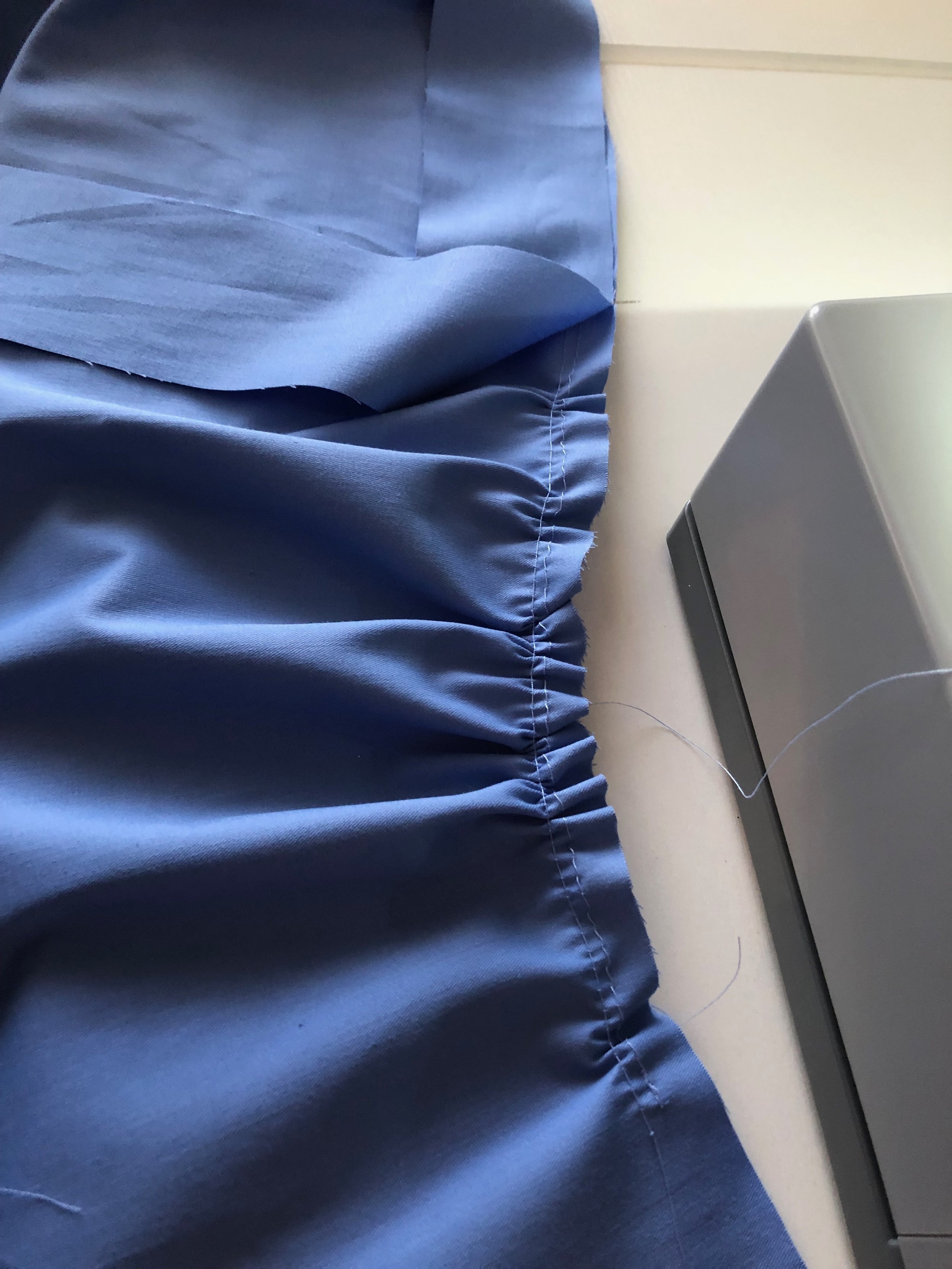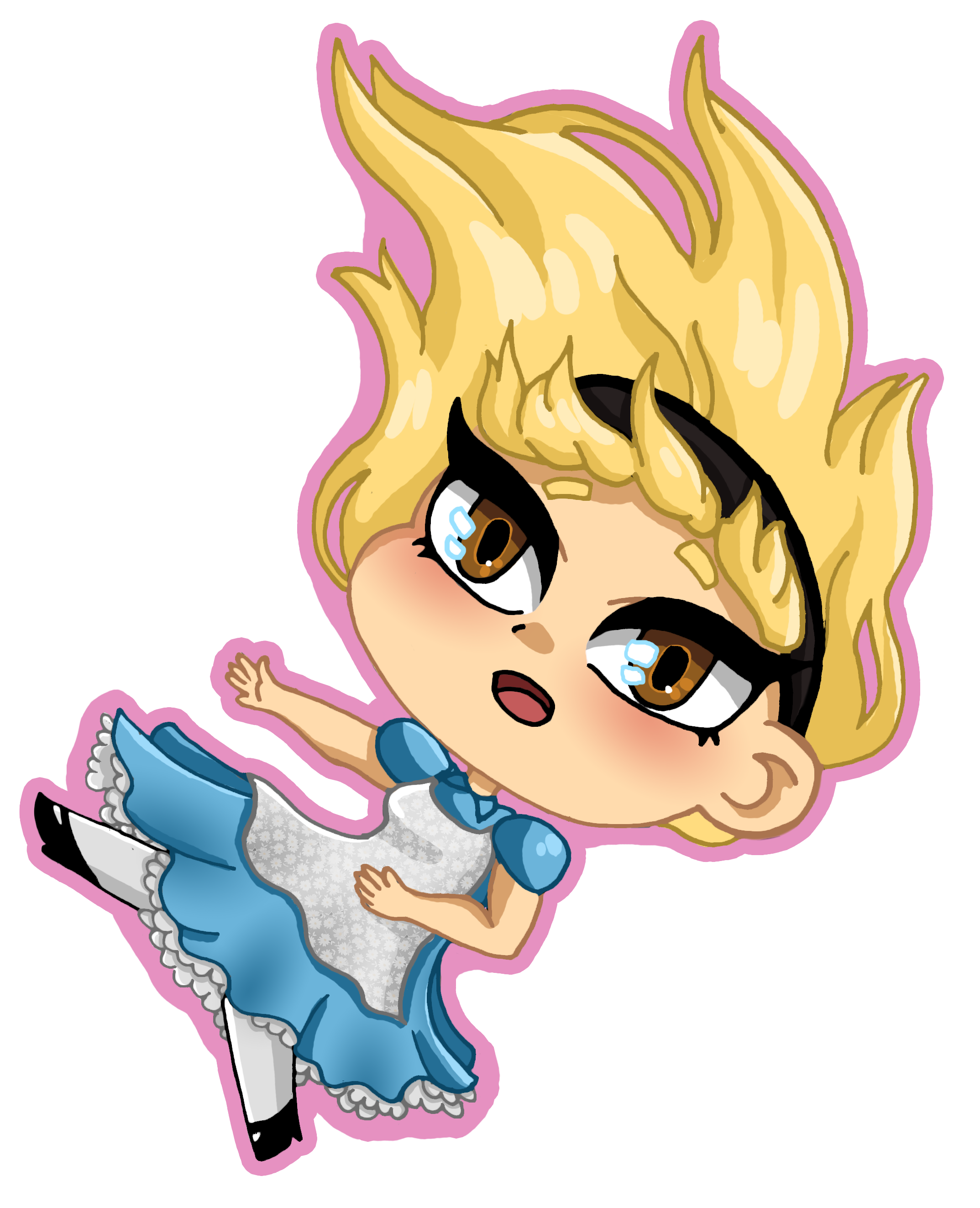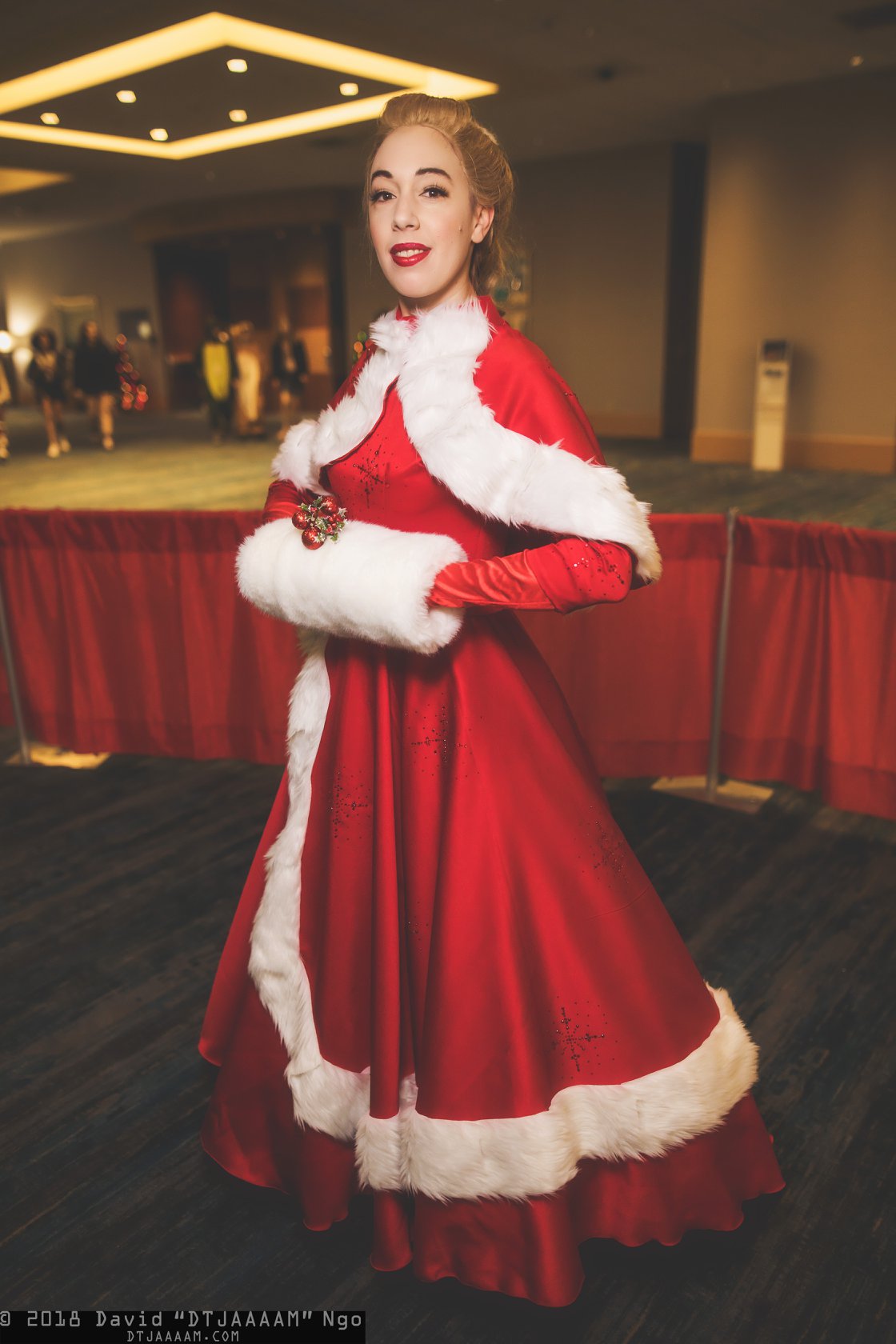This project was inspired by the fact that during the winter Eva get’s rather cold due to her short hair and it’s difficult finding cute sweaters and costumes for her because of her size so I thought it would be fun to make her a vest that also doubles as a Dragon costume.
The fabric for this project was given to me by Shannon Fabrics specifically the cuddle fabric and trust me it’s extremely soft.
For the mock up I used $1 fleece I got at my local fabric warehouse, it’s not soft but it was a good thickness for the mock-up and that’s what I needed.
I also used Super Structure Foam
4” wide Velcro
For the eye’s I bought this embroidery file off of Etsy.
So let’s get started, I drafted a pattern using a vest we purchased for Eva but ended up being too small. I used the vest as a base for the pattern added 2 inches on each side to fit her better, and followed all the placement on the vest for the velcro pieces. I made a mock-up with all that information and 1” velcro I had left over from Sith and Jedi robes and it fit.
















